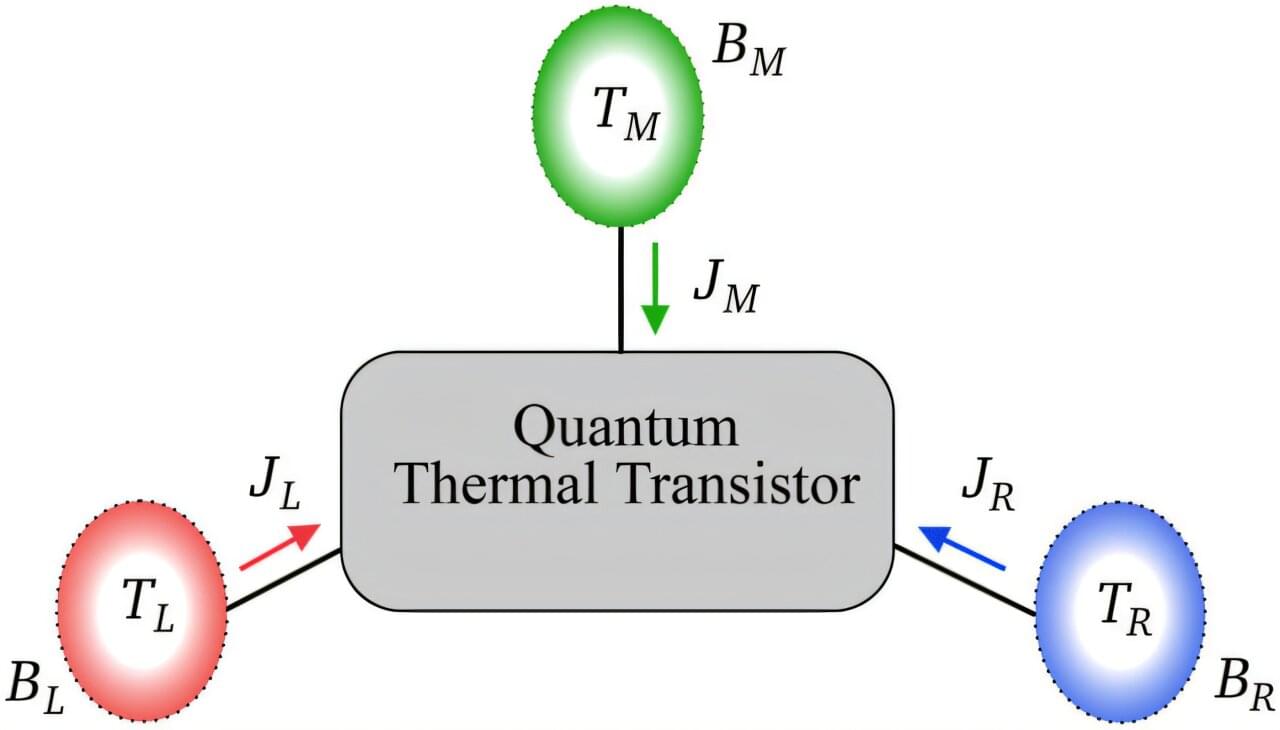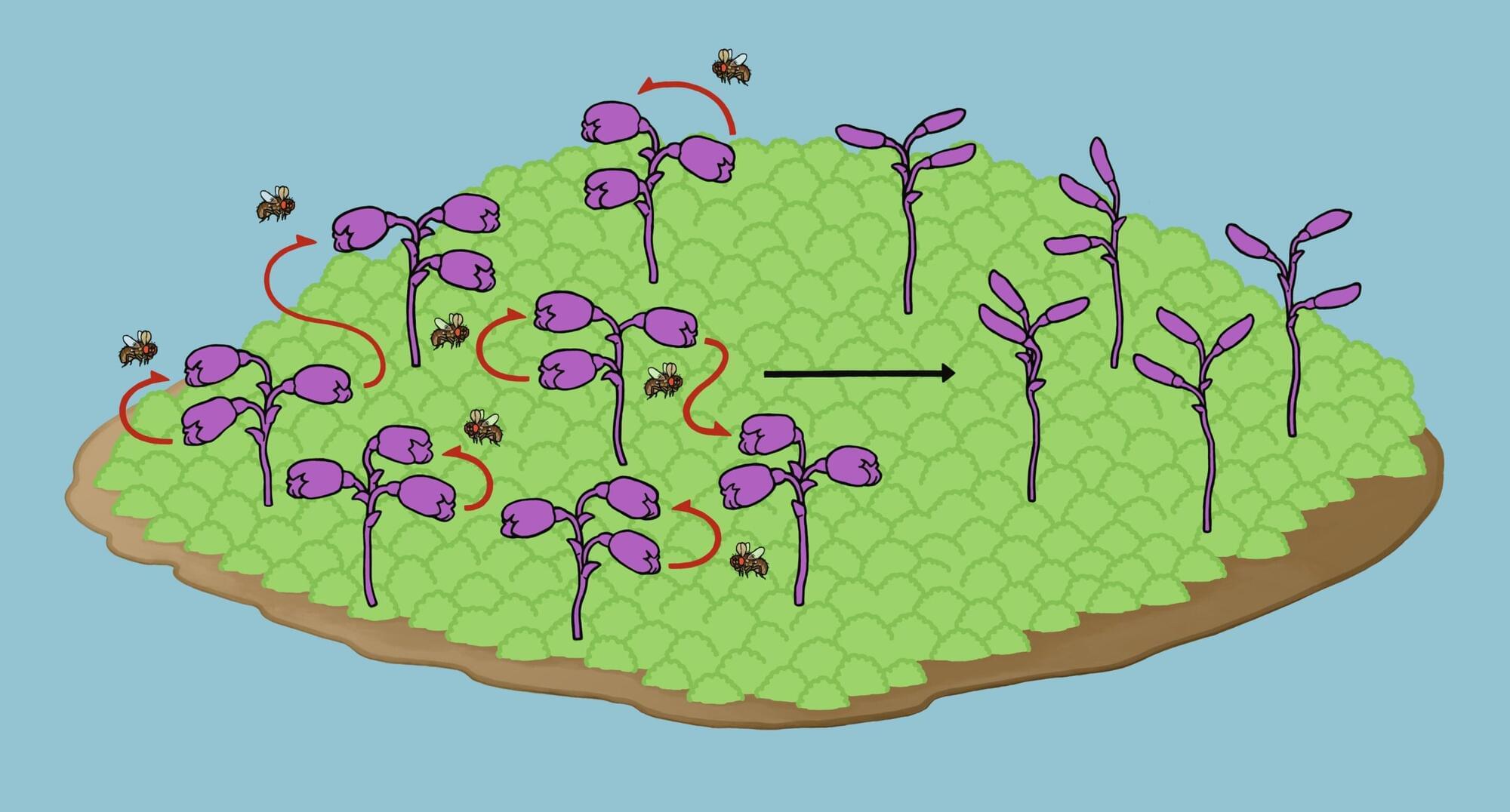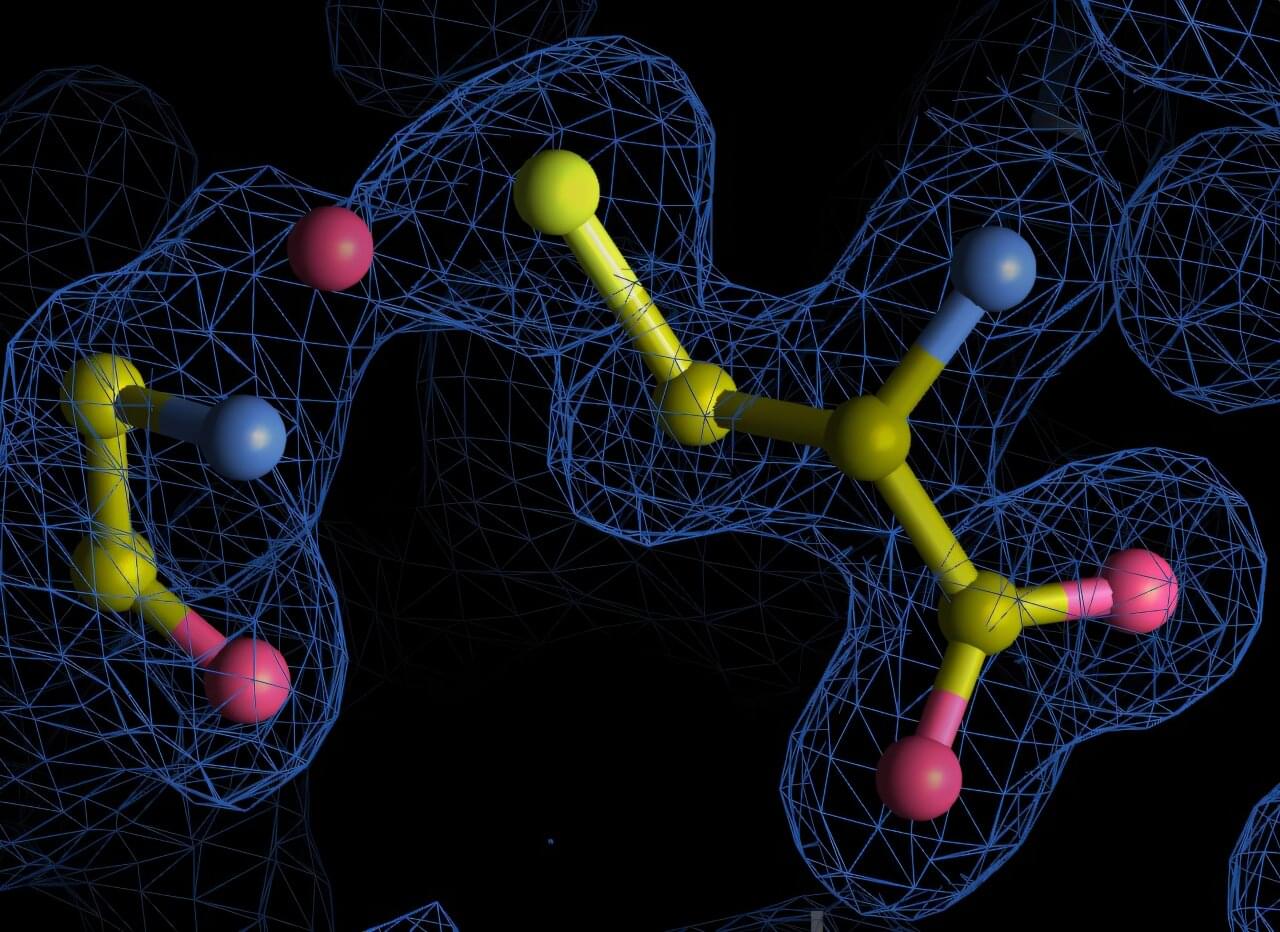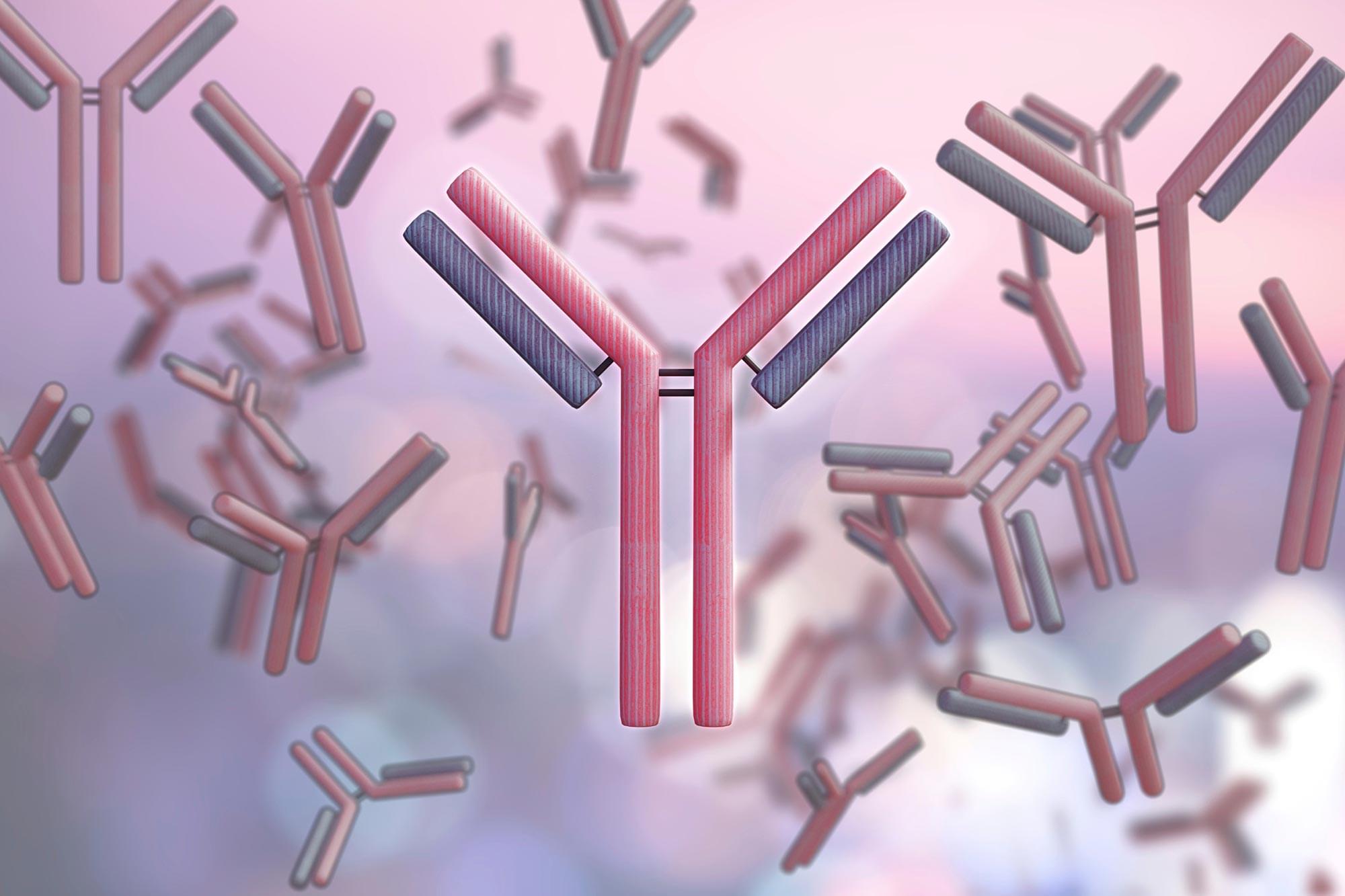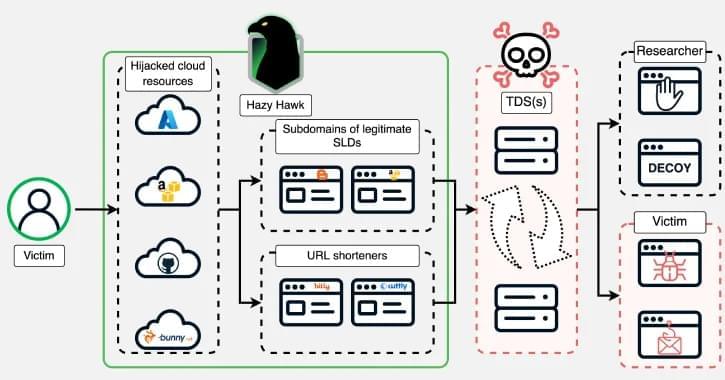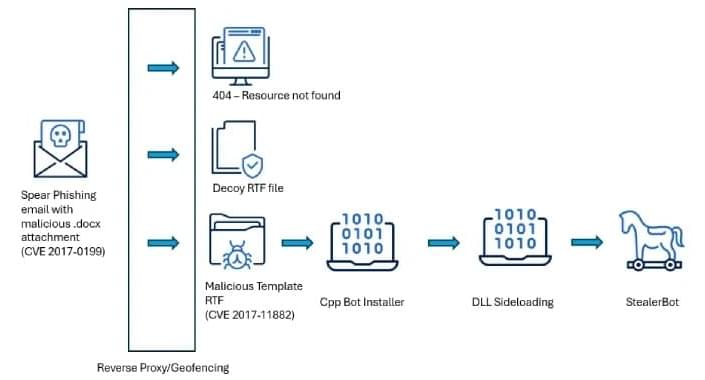Researchers at the National Synchrotron Light Source II (NSLS-II), a U.S. Department of Energy (DOE) Office of Science user facility at DOE’s Brookhaven National Laboratory, depend on the facility’s bright, stable electron beam to carry out groundbreaking experiments. Behind the scenes, a dedicated team of physicists, engineers, designers, and technicians in the facility’s accelerator complex are not only maintaining this system for reliable operation but also looking into ways to improve performance and unlock new areas of synchrotron science for the light source’s research community.
In an inventive new design that has been years in the making, the team has unveiled a proof-of-principle prototype for a new “complex bend” lattice design. This unique magnet array has sparked discussion about some intriguing possibilities for the future of NSLS-II’s accelerator, and the design is lighting the way for necessary next steps.

